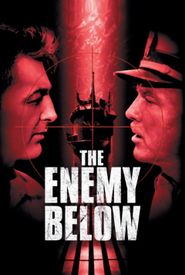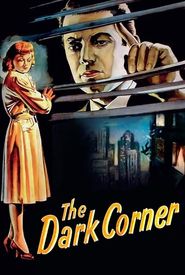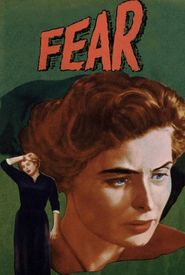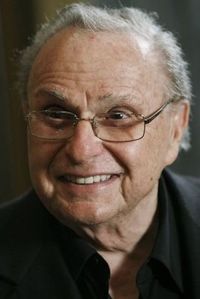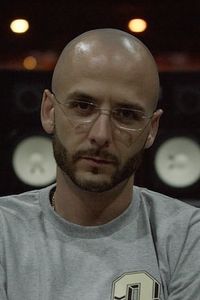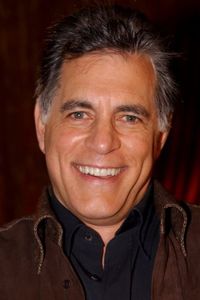Kurt Kreuger's early life was marked by a sense of wanderlust and a passion for acting, which was met with disapproval from his father. Born in Michenberg, Germany, Kreuger was raised in St Moritz, Switzerland, where he developed a strong interest in the performing arts.
Despite his father's objections, Kreuger pursued his dreams, attending the University of London's School of Economics for a brief period before transferring to Columbia University in New York. However, he eventually dropped out of school, which led to his allowance being cut off.
In 1939, Kreuger took a job as a travel agent and enrolled with the Provincetown Players on Cape Cod, Massachusetts. He became a US citizen in 1944, after which he began to pursue a career in acting.
Kreuger's breakthrough role came in 1941, when he landed a small part in the Broadway production of "Candle in the Wind," starring Helen Hayes. He also understudied one of the lead roles in the play.
Kreuger made his film debut in 1943, with a small role in the war film "Edge of Darkness," starring Ann Sheridan and Errol Flynn. He went on to appear in several other films during the 1940s, including "Action in the North Atlantic" and "Sahara," in which he played the role of Captain von Schletow alongside Humphrey Bogart.
However, Kreuger began to feel typecast as a Nazi, and after a quarrel with his studio, he walked out on his contract and traveled to Germany, where he appeared in several leading roles in films. This was a significant departure from his earlier work in Hollywood, where he had struggled to secure leading roles.
In the 1950s, Kreuger returned to the US, where he continued to work in film and television. One of his most notable roles during this period was in the 1957 film "The Enemy Below," in which he played the Number 3 man on a U-boat alongside Curd Jürgens and Robert Mitchum.
Kreuger's final film was "The St. Valentine's Day Massacre," released in 1967. After retiring from acting, he split his time between homes in Beverly Hills and Aspen, Colorado, where he invested his film earnings in luxury properties.

